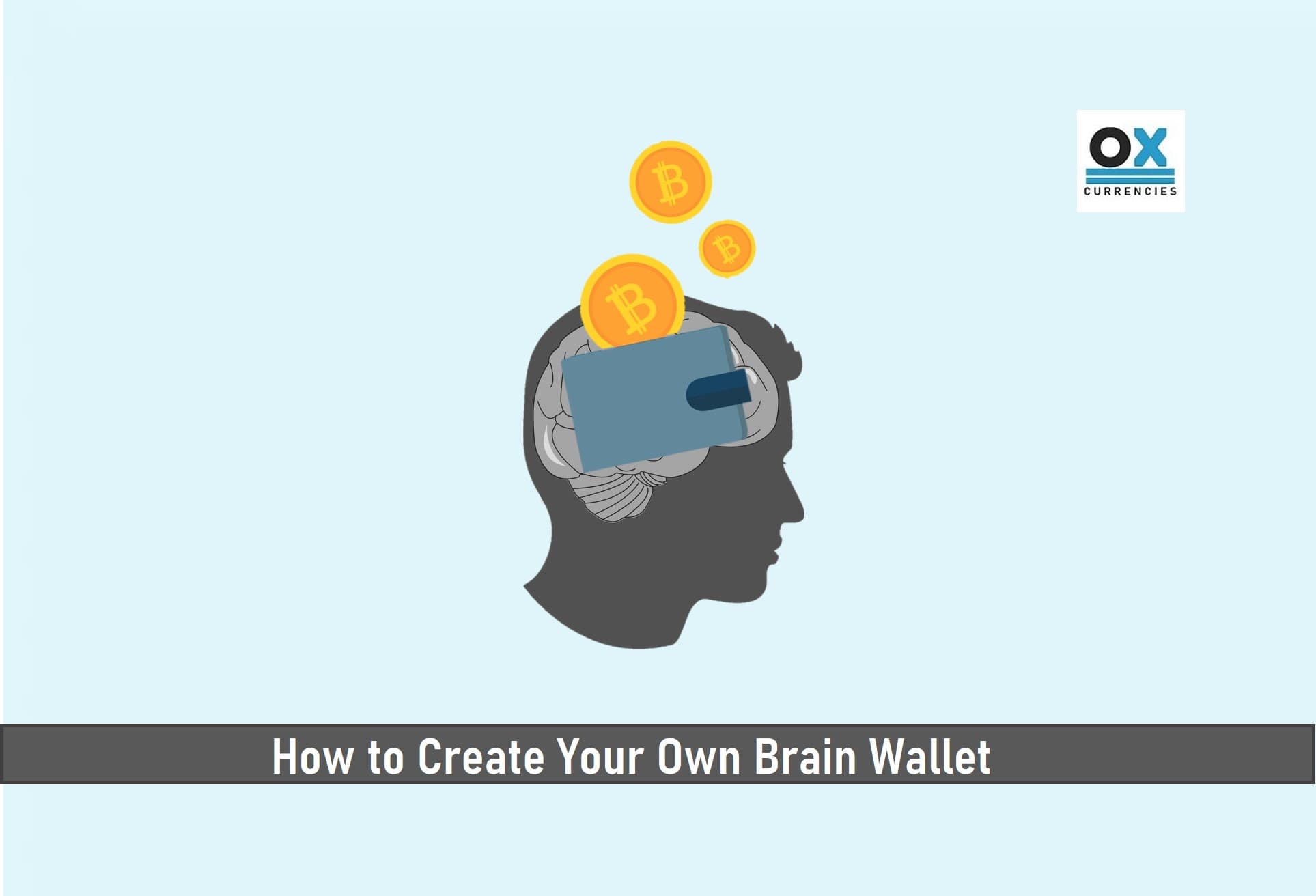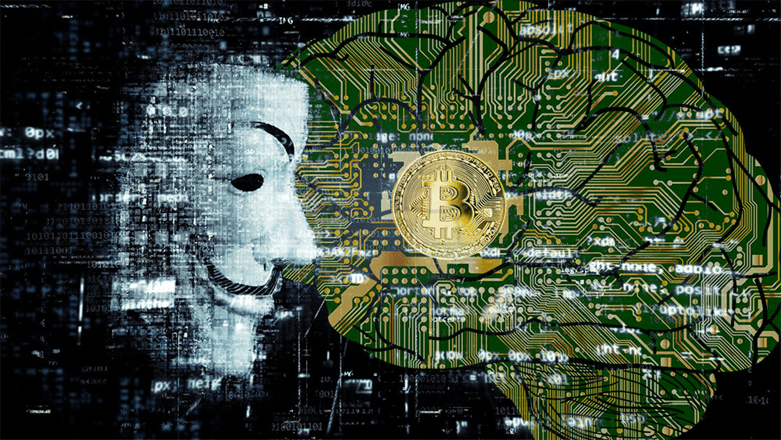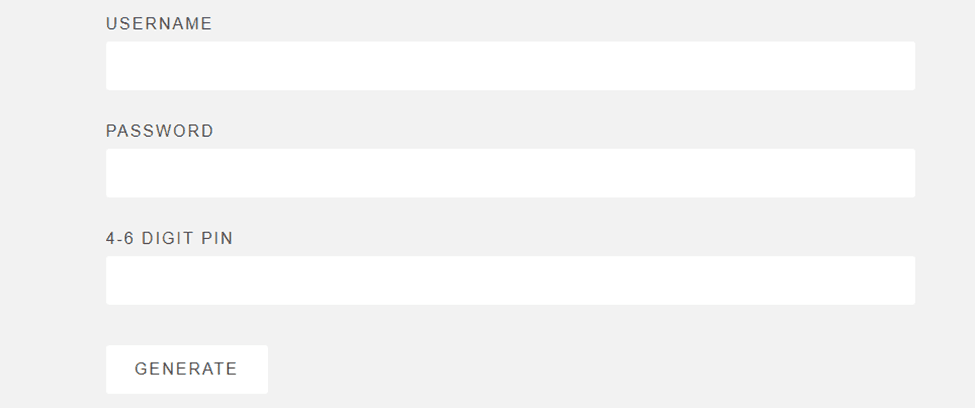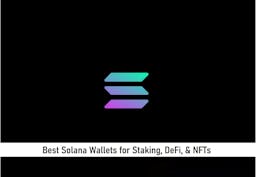
The introduction of cryptocurrencies over the years has led to a similar introduction of crypto wallets to safely secure and store these cryptocurrencies.
However, while there are several of these wallets around, it is left to the investor to either make use of them or go for a brain wallet.
This brain wallet shares some similarities with popular crypto wallets in that it involves the investor storing the private key in their brain, which usually takes the form of a passphrase or password.
While this is a unique way of storing your private key responsible for the safety of your crypto assets, there have been questions regarding the safety of this brain wallet and the tendency for the investor in question to remember the key phrase used.

Key Takeaways
• You should only use brain wallets if you are very confident in your memory abilities.
• There are brain wallet generators for different currencies, which means you can have different brain wallets for different currencies.
• Using a brain wallet is seen by some as the riskiest type of wallet considering that the tendency of one to forget the passphrase and lose one’s crypto assets is very high.
• Brainwallet.io generates the passphrase for you and adds “salts” as additional inputs to further secure your passphrase.
SEE ALSO: Best Bitcoin Brain Wallet Crackers
SEE ALSO: 7 Top Bitcoin Recovery Solution Providers
SEE ALSO: How Do I Recover My Lost Bitcoin Private Key?
Nevertheless, should you be interested in creating your brain wallet, you are just in the right place. I will be showing you just how and much more in this article.
What is a Brain Wallet?
A brain wallet is essentially a type of wallet where the user stores a private key in the form of a passphrase or password in their brain. Essentially, the brain of this user becomes a vault akin to the bank vaults where money is stored.
This passphrase or password could take multiple forms depending on the user and the fact that they would have to have a retentive memory capable of remembering the complex characters that this passphrase would require to ensure the safety of the crypto assets.
How to Create a Brain Wallet
Creating a brain wallet is quite simple once you get the hang of what to do. Initially, the easiest way to create a brain wallet was to select a group of random words ranging from 4 to 24 that you could remember.
However, this method became easy to decipher by hackers as so many investors lost their crypto assets using this process.
A common example of such an incidence was the case of BitMex Research, where they generated eight different brain wallets using quotes from literature only to see them get cracked by a hacker not long after they were created.
Since then, more options have been brought forward, such as the use of brain wallet generators like Bitaddress.org, and Brainwallet.io.
These generators do a much better job at formulating these key phrases to ensure that they are not so easy to hack.
That said, let us take a look at how you can use these brain wallet generators to create a brain wallet below:
How to Use Brainwallet.io
To use brainwallet.io to generate a key phrase, simply follow the steps below:
Step 1: Navigate to brainwallet.io.

Step 2: Choose a currency you want to create a key phrase for (brainwallet.io only has options for Bitcoin and Litecoin).

Step 3: Enter your passphrase, which can be generated at random or from a doc file you created.

Step 4: Select the salt type (login, personal, or generic).

Step 5: Finally, enter your username, password, and 4-6 digit pin, and then click “generate.”

How to Use Bitaddress.org
To use bitaddress.org, you only need to follow the following steps below:
Step 1: Navigate to Bitaddress.org.

Step 2: On the homepage, you will be asked to select the type of wallet in question, ranging from a single wallet, a paper wallet, or a brain wallet. Select a brain wallet.

Step 3: Once you have selected “brain wallet,” you will then be asked to enter and confirm your passphrase.

Step 4: After doing that, you will then be asked if you need to have a compressed address, which you can choose by checking the box. Once that is done, you can now proceed to print your newly created passphrase.

Understanding the intricacies of brain wallets
A brain wallet, as earlier stated, involves the storing of the private key in the form of a passphrase. Generally, the brain wallet works just like your standard crypto wallet out there.
The passphrase of a brain wallet is usually hashed by a script algorithm to give you a private key and a public key for the cryptocurrency of your choice.
This form of hashing by an algorithm used by a brain wallet generator is usually preferred in contrast to a plain ECDA private key, which is more complicated to memorize.
At the end of the day, the final private and public keys generated by the brain wallet will enable you to safeguard your cryptocurrencies with ease.
Pros and Cons of Brain Wallets
| Pros | Cons |
| Cryptocurrencies are secure since the passphrase is stored in your brain. | You may lose access to your crypto assets if you have a poor memory. |
| It’s impossible to perform an online hack. | Your passphrase can be deciphered if it is not strong enough. |
| It is simple to make. | Medical conditions like dementia can cause you to lose access to your crypto assets. |
| You might be threatened or physically assaulted if it is discovered that you have a lot of money in your brain wallet. |
Why brain wallets may not be the ideal wallet for many investors
Although brain wallets mirror the same characteristics as regular wallets, many investors feel that using this type of wallet may not be the safest way to go.
For one, some believe that saving your passphrase in your brain is highly risky considering that as we age, we tend to forget certain things we have memorized, irrespective of how good our memories might be.
Instances have been made of website passwords that are often forgotten by users, who most of the time use the “forgot password” option to get themselves out of that fix.
The same can be said for brain wallets, with the only problem being that there is no backup plan, making it quite risky as a result.
Another challenge is the issue of security. We live in an era where technology is deeply advanced. As such, any passphrase weakly created can be easily decoded.
This alone is a major challenge for investors who might not want to create an extremely complicated passphrase that they cannot remember.
This reason is also why some investors get scammed and then blame the crypto companies involved, whereas the problem might have come from them.
If you are not confident in creating a brain wallet, you can make use of regular crypto wallets to keep your crypto assets safe without having to worry too much.
Frequently Asked Questions (FAQS)
What is a Bitcoin Brain Wallet?
A Bitcoin brain wallet is a brain wallet that is tailored towards creating a passphrase for solely Bitcoin. This type of brain wallet does not support other cryptocurrencies.
How Do You Create a Brain Wallet?
You create a brain wallet by making use of a brain wallet software or generator that helps you generate your passphrase that would be memorized by your brain.
Final Thoughts
If you want to use a brain wallet, ensure that you have a good memory and that no one else knows that you use one. This way, you keep your crypto assets secure.
Alternatively, you can also decide to have a backup plan should you forget the passphrase in the future or be in a condition where you have difficulties remembering things.
All the same, it is up to you to go for whichever wallet you feel is best for you, as long as you have done your research.
Read More




